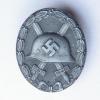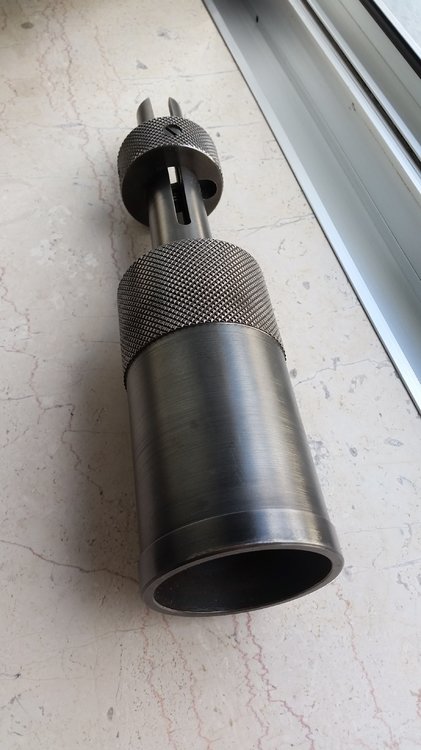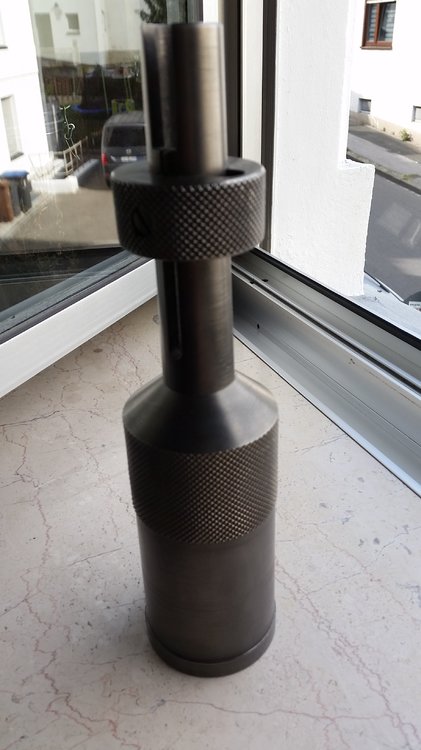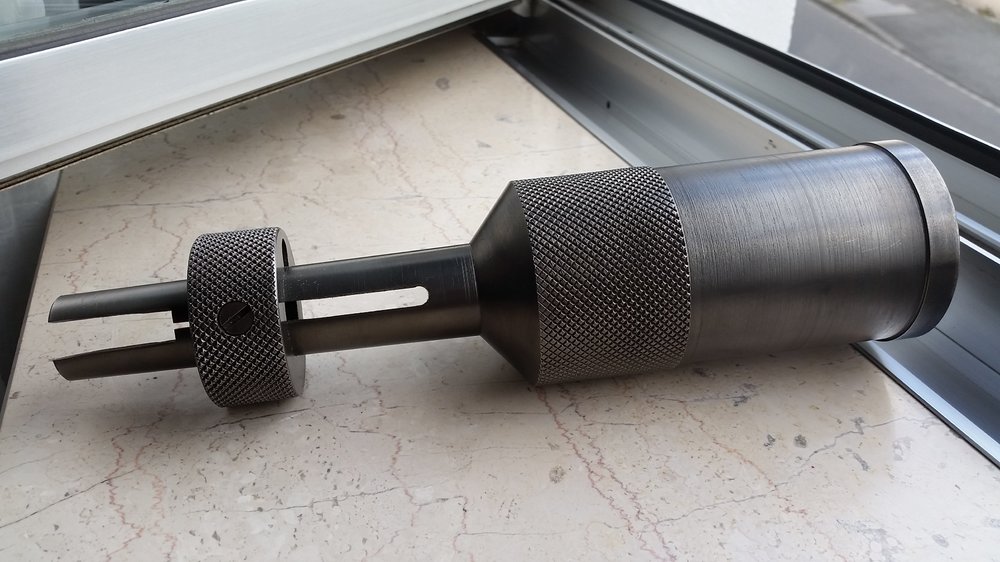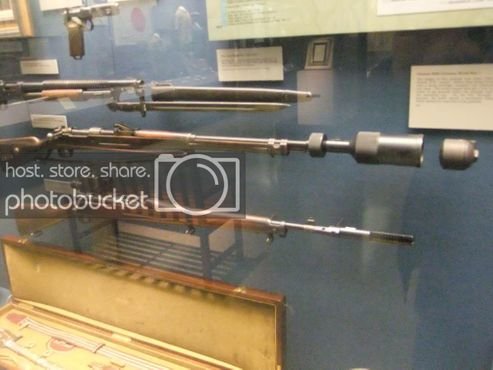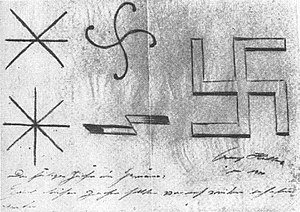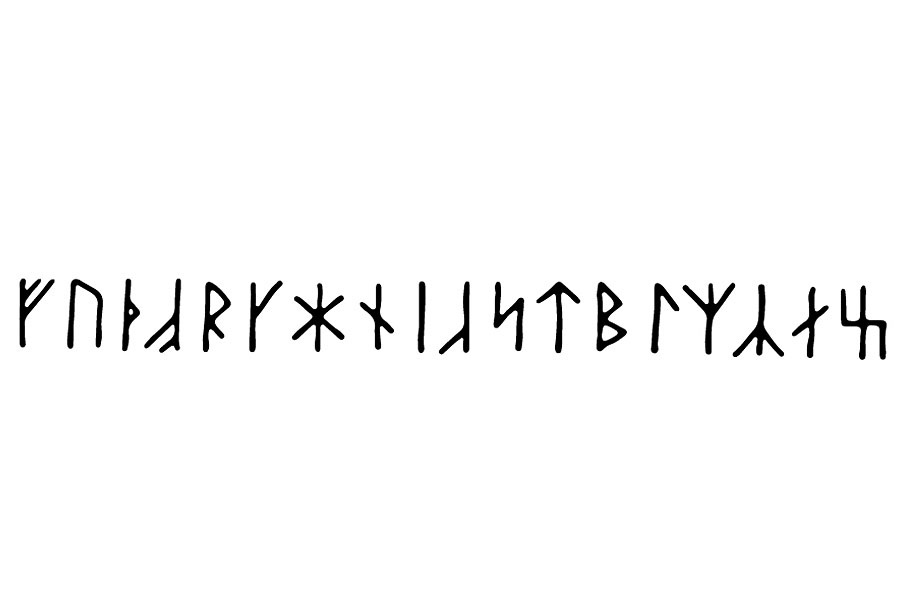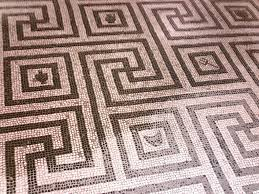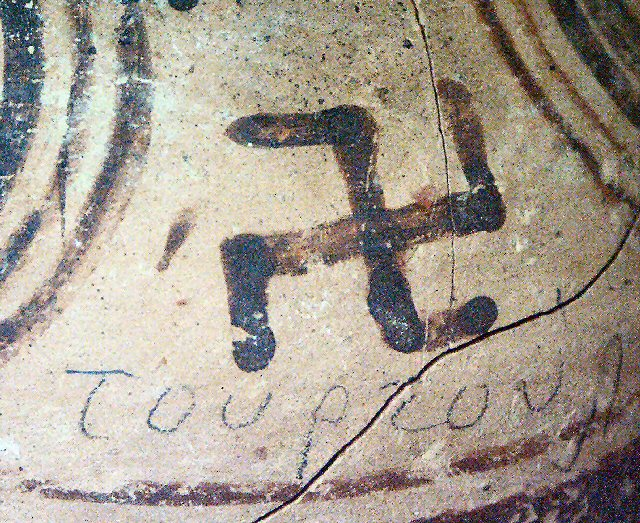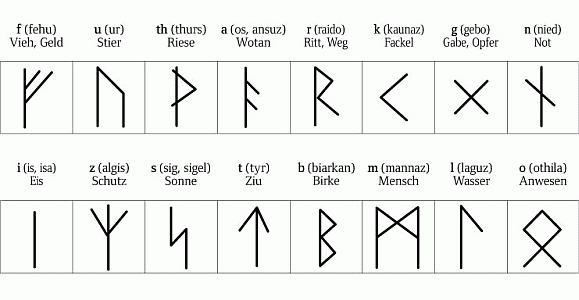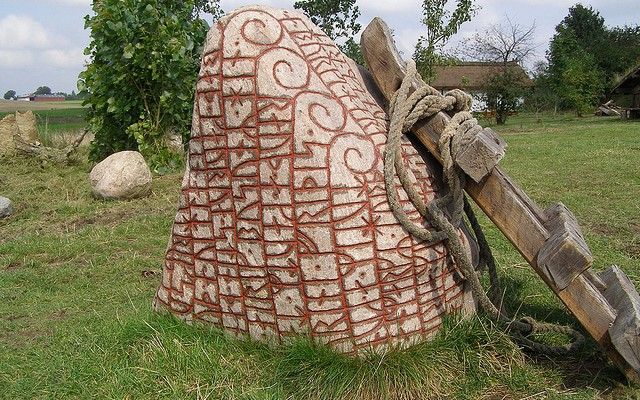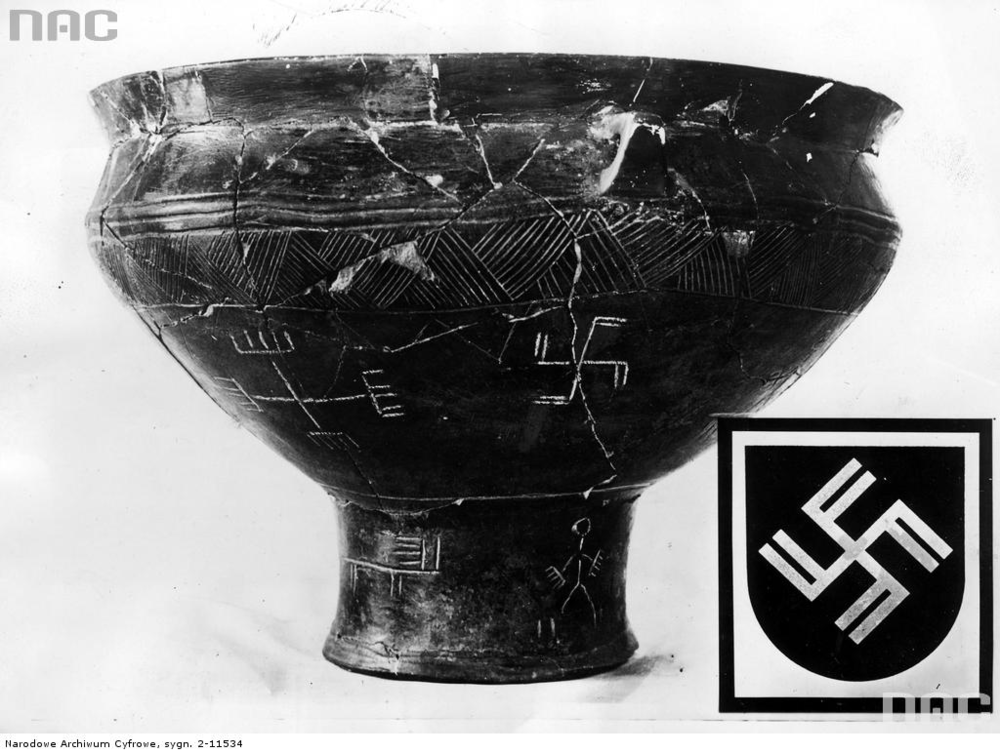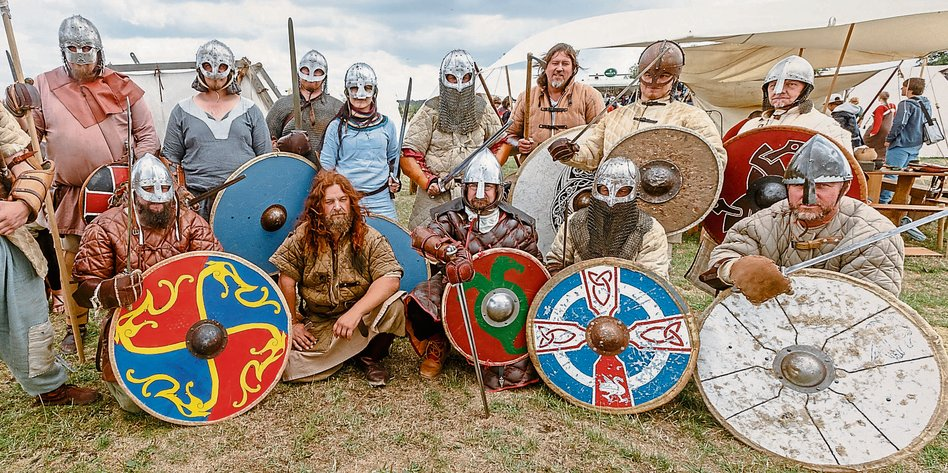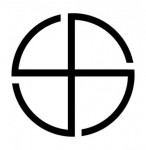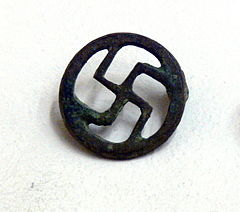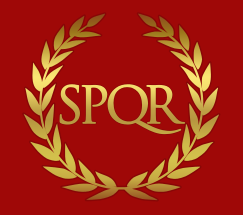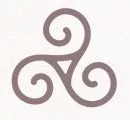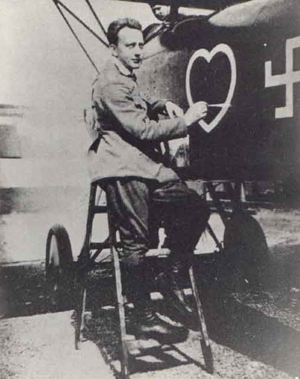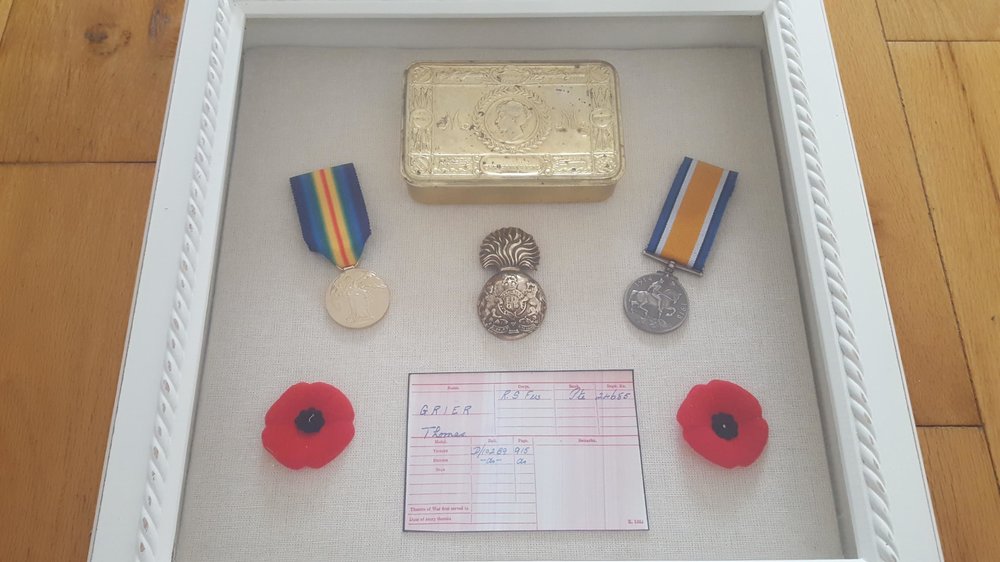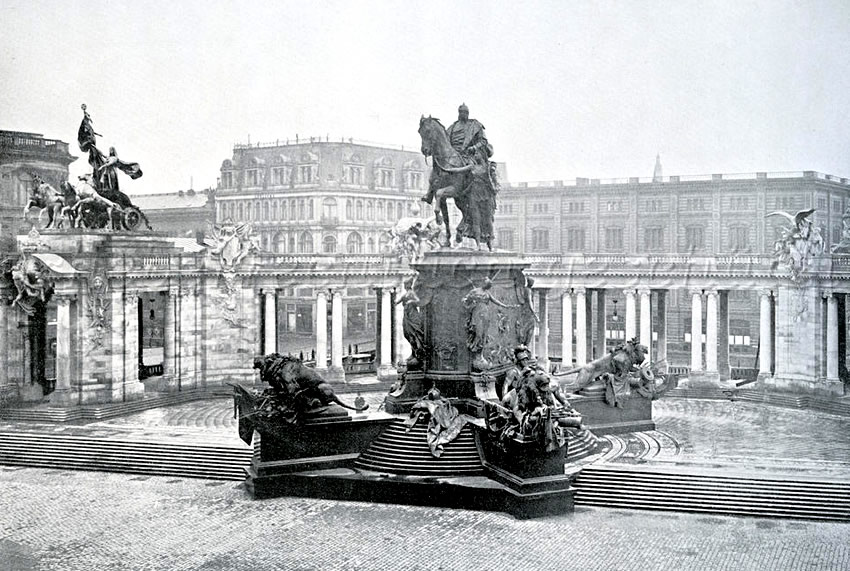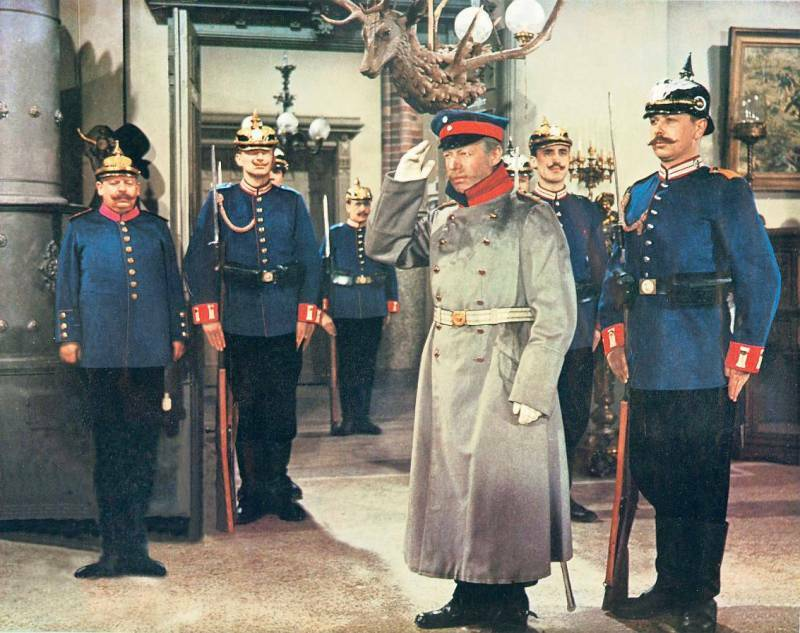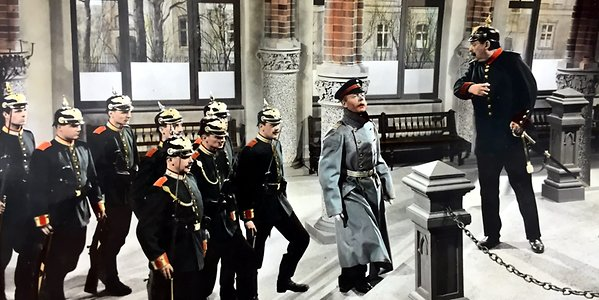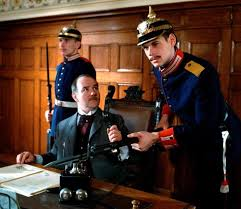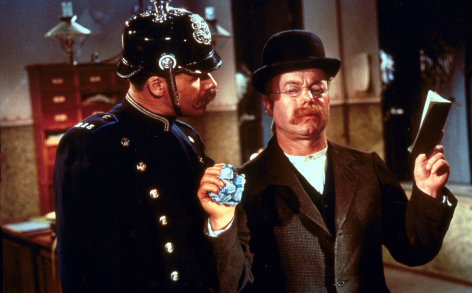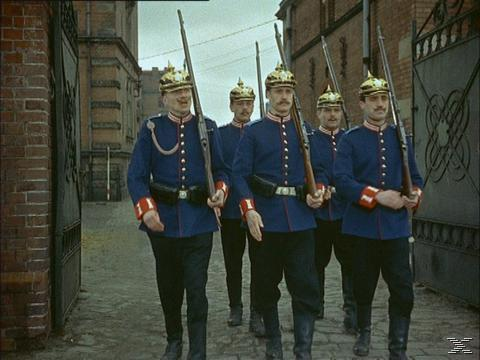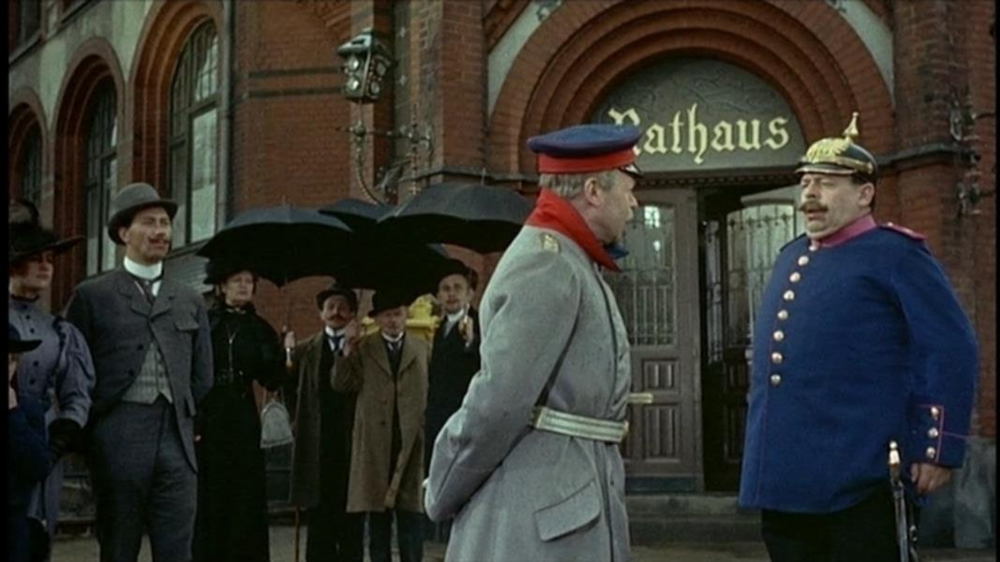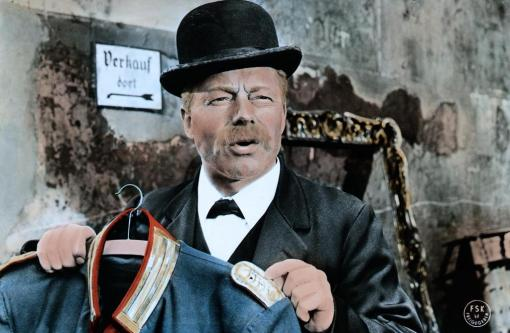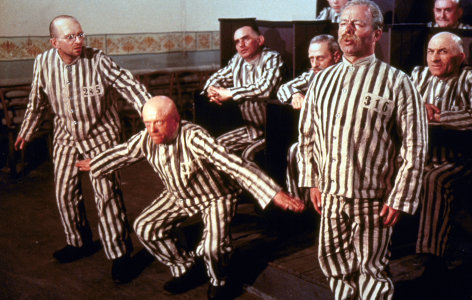Leaderboard
Popular Content
Showing content with the highest reputation on 09/07/19 in Posts
-
Unfortunately I wont have the funds at that time, I have just returned from Crete and have a trip to Spain booked for late September, but hopefully I will be able to manage it in the future, I would like to take my brother along as he is a Royal highland fusiliers veteran.4 points
-
4 points
-
Here is yet another one of my WW1 Helmets, this one is a rimmed version, the makers stamp was partially obscured, and read as "S 64" but after a little more sanding I got a "FS 64" FS=Thomas Firth & Sons Ltd of Sheffield. The chin strap mount have seen better days, in which one is broken and the other has been repaired.3 points
-
3 points
-
3 points
-
Hi Mac, the net looks original however in this case I think the helmet would look better without the net as it hides the nice decal. Never came across the SS before, hopefully Colin or some of the others will know3 points
-
You should take a trip there, many do. There are also WW1 battlefield tours. The Western Front Association used to organise tours. I heard that Paul Foster, a former member still organises tours. There is one due around November, but I believe this will be in the Ypres area. Perhaps he could accomodate any extra wishes.3 points
-
Thanks! I figured if I will collect them, best to get it in pristine condition if possible.3 points
-
Thanks Kenny , Excellent info on brodie helmets . Any ideas on the SS on the inside of the helmet ? And do you think the net is original Thanks3 points
-
3 points
-
2 points
-
Unusual repair job to the chin strap mount any idea when this was done, does it look like a period repair.2 points
-
These BA stamps can be found on first world war German helmets and equipment.BA stands for Bekleidungsamt or Clothing Depot and can be used to find out where the item was issued. BAG: Garde-Korps (Berlin) BA I: I Armee-Korps (Köenigsberg) BA II: II Armee-Korps (Stettin) BA III: III Armee-Korps (Berlin) BA IV: IV Armee-Korps (Magdeburg) BA V: V Armee-Korps (Posen) BA VI: VI Armee-Korps (Breslau) BA VII / VII Armee-Korps (Münster) BA VIII: VIII Armee-Korps (Coblenz) BA IX: IX Armee-Korps (Altona) BA X: X Armee-Korps (Hannover) BA XI: XI Armee-Korps (Cassel) BA XII: XII Armee-Korps (Dresden) BA XIII: III Armee-Korps Württembergisches AK (Stuttgart) BA XIV: XIV Armee-Korps (Karlsruhe) BA XV: XV Armee-Korps (Strassburg) BA XVI: XVI Armee-Korps (Metz) BA XVII: XVII Armee-Korps (Danzig) BA XVIII: XVIII Armee-Korps (Darmstadt) a mixed corps of Grossherzogl. Hessisches and Provinz Hessen, latter under Prussian rule BA XIX: XIX Armee-Korps (Leipzig) Second Sächsisches Armee-Korps BA XX: XX Armee-Korps (Alleinstein) BA XXI: XXI Armee-Korps (Saarbrücken) also a mixed Armee-Korps, composite BAO: China Expeditionary Armee-Korps (Ostasien) KA: Kolonial Amt (Africa) Bavarian items are often marked: BD for Bekleidungsdepot.2 points
-
Welcome MacMac, could be the soldiers initials it's hard to say or the initials of a unit. yes I've seen helmets at high prices a lot depends on condition whether it's a rare maker stamp mark or an early made WW1 helmet, rare Regiment insignias, also help to push the prices up. It's all down to what a buyer is willing to pay for a certain helmet he has not got in his collection, personally I think a lot are well over priced. The helmet you have is a nice looking helmet, any chance of a closer photo of the helmet makers mark.2 points
-
On the picture in the Museum you See in Front of the cup , looks like a cap, the grenade wich was used with this item , fired from gew. 98 This shooting cup has no marks on it, maybe taken after finnishing from military weapon check or stolen / saved after war from Destruction?2 points
-
Hey Fritz The cup is complete and in very fine condition I price was like buying a good Hammer in a Shop2 points
-
Tank you Kenny Yes,i will take a shortcut from the conversation an will senden it Best regards2 points
-
Yes the realities of war are horrendous, a firing squad must have been a terrible thing to be involved in for both sides. Here's another stop motion animation, posted more for the skill of the animator rather than the subject matter which is rather grim.2 points
-
2 points
-
very nice helmet MacMac, welcome to the forum2 points
-
2 points
-
1 point
-
Here is a great Klassiker by Carl Zuckmayer, the main rôle played by Heinz Rühmann, Berlin-Köpenick, 1905. From the novel based on the true story of Wilhelm Voigt, a shoemaker with a record as a petty criminal. How Voigt put on a Guards officer uniform (Hauptmann), stopped a small troop from the Garde-Füsilier-Regiment and ordered them to fall in, stopped a further detachment from the 4. Garde-Regiment, and marched off to the station, boarded a train and got off at Köpenick, marched to the Town Hall and occupied it, setting up posts without and within and demanded payment of the contents of the safe, whilst arresting the Mayor. In the end, when the authorities had realised what happened, he was arrested and imprisoned. He was also allowed to keep his uniform, which he had paid for, legally his "property". The Kaiser remarked with a hearty laugh, "In Preußen ist Recht und Ordnung. Das gibt's nur bei uns. Kein Volk dieser Erde macht uns das nach!" When His Majesty the Kaiser got to hear of this and heartily laughed, Voigt was immediately pardoned and released and given his papers, which he had always been longing for. He became the famed "Hauptmann von Köpenick". The lesson was, that people respect and obey the uniform and the authority behind it without limit. Production year, 1956:1 point
-
Some uniform insignia of the S.A. collar patches 4/133 - Sturm 4 / Standarte 133, Plauen / Saxony Sturm 11 / Standarte 153, Altenburg / Thüringen Kepi eagle and button, 2nd type, aluminium SA lapel badge for civil clothing, silver by Hofstetter of Bonn Belt buckle, 3rd type and Dagger attachment Rally Badge, SA-Treffen, Nordmark, May 1935, aluminium. Armband as worn by the SA and other party organisations, unclear stamp of issue. SA Wehrkampfabzeichen (often wrongly referred to as SA Sport Badge). Iron with a bronze finish showing some wear. Manufactured by Redo, Saarlautern. Rear has inscription: Eigentum der S.A. (S.A. property) Dagger of 1941 manufacture (already shown in a previous topic)1 point
-
Hell friends I introduce this very rare item today in the wrong section! Now i will load up some pictures here an hope its the right place: Today i catch near my hometown this rifle grenade launcher for gew. 98 german ww1 on a flee market! What is your opinion for this thing? Iam Glad to hear some Impressions! First 3 pics are my shooting cup The last 3 ones i Found in the www Best regards from germany1 point
-
That is the way I got the helmet, no other information. The repair looks to be old, it could be a field repair or something done after the war.1 point
-
Hi Raven, now moved to the correct section. If some one could translate the last few posts that would help our non German speakers1 point
-
So was habe ich auch noch nie bekommen und erst recht nicht auf dem Flohmarkt! Das Ding lag zwischen alten Werkzeugen bei einem der allen erdenklichen Kram aus wohnungsentrümpelungen für kleines Geld angeboten hat Absoluter glücksfund! Leider keine bestempelung vorhanden,halte es aber definitiv für ein zeitgenössisches Stück1 point
-
Ein sauberes Stück! Ist bestimmt vorher von einem gereinigt worden, nichtsdestoweniger selten - so was habe ich noch nie angeboten gesehen, geschweige denn auf einem Flohmarkt. Die Flohmärkte heute sind abgegrast, überteuert und es wimmelt vor Fälschungen. Gibt es irgendwelche Stempelungen darauf? A clean piece. Looks like it has been cleaned, neverthelesss rare - never seen one on offer, not even at a fleamarket. Fleemarkets today have been grazed out, too expensive and full of fakes. Any stamp markings?1 point
-
I was walking around town as I do every Saturday when I stopped at a stall (it was market day) which sells everything from DVD to Jewellery, I never usually look at the jewellery section but this time for some strange reason I did, with the sun burning down on me and it's rays reflecting from the light I saw something in the corner of my eye "What a weird shape for a pair of earrings!" I thought. Anyway, I looked back to find they were in the shape of a swastika! The funny thing was is that I was thinking of buying the pair (Even though I don't have my ears pierced) as I have never seen anything like it in my life! *NOTE* The following picture is the picture of the ones I saw but they look identical. Ps. Sorry for going on a bit, I'm in a Jackanory mood...1 point
-
Swastikas belonged to the ancient Greek Meander / Mäander patterns often found on antique paving and mosaiques. They are also a Nordic-Germanic Symbol for around 2000 years, and can be found on ancient Runestones in Scandinavia and Northern Europe. Also found on some Roman Mosaiques! A swastika from the Bronze Age, Museum Laureacum in Austria Mosaique floor in the Herculaneum Minoische Vase from Crete. Germanic Alphabet. The Swastika was known as the Sonnensymbol, and had various forms. The Germanic-Keltic Triskell, similar to the emblem of the Isle of Man. A runic vase from the 3rd or 4th Century A.D. with a swastika symbol, illustration from a Third Reich publication. Many stones like this are still present in Denmark, Norway and Sweden. Many were also destroyed by the "Church" in the Middle Ages and later, as it was claimed to be Witchkraft and the Work of the Devil. However some of the first Christian religious scripts in Northern Europe were written in the runic alphabet, later succeeded by latin and gothic scripts. Runes were still in use till around the 11th Century. There have been complaints from leftwing activists about Viking re-enactment groups with Swastikas! (Schleswig) Modern times: Werner Voss. The swastika was said to be an ancient Greek symbol for "Victory" and not forgetting, the Romans or even the Greeks before them, were the first "Faschists" (and imperialists)1 point
-
Thanks Kenny,I will try for the shoulder titles, but I have tried to source a photo for some time, but with no luck so far. A friend suggested some ww1 dated 303 Inert rounds1 point
-
1 point
-
1 point
-
1 point
-
I have emptied one of my display boxes & replaced it with what would have been my great grandfather's medal entitlement & cap badge, and medal card , thanks leon for sourcing the medal card & other documents, it's very much appreciated. I think it's came out great, but might replace the tin do something else if I can think of something in it's place.1 point
-
I've seen adverts for repro Death Plaques and Scrolls, they look very good and they will add the name and details of your relative on them.1 point
-
That's a very good idea, I am horrified that names are being erased from medals, it is just not right. Better to get a repro medal and get it engraved - actually, they should be stamped and not engraved, but that could be difficult to get done. I thought of this idea some time ago. You will need exact details of his rank, service number and unit, and the correct abbreviations on the medal. Perhaps there is a government or Defence office, which can provide help on this? The War Medal should be in real silver.1 point
-
http://www.exulanten.com/monuments.html Destruction Of German Monuments~ Monumental Destruction Little would Friedrich have guessed that the name "Prussia" would be formally expunged from international language by order Number 46 of the Allied Control Commission on February 23,1945 because, as it incorrectly stated: "Since time immemorial it has been the pillar of militarism and reaction in Germany". The state of Prussia still legally existed for a time after war's end but proved to be an obstacle to the Allied division of Germany into four easily controlled zones of occupation structured to "stabilize political structures" in their concept of a new Germany since it was a large state with its various regions included in all four zones. Calling Friedrich the Great a "forerunner to Hitler", in February of 1947, in an act of remarkable arrogance and stupidity, and in total disregard of historical fact, the Allied powers issued a formal decree abolishing the ancient German State of Prussia. There was a spectacular monuments to Friedrich which once graced Marienburg, site of the old Teutonic Knights castle and revered symbol of German cultural history and national consciousness which was torn away and given to communist Poland. The monument was destroyed. A mass grave holding the remains of thousands of German Prussian civilians murdered in cold blood by the Red Army has recently been discovered nearby. Germany was a land of grand monuments dating from well before the Middle Ages. The US led MFA&A reported that in Germany alone, over 90 percent of the monuments had been hit by Allied bombings, and 60 percent had been destroyed. The rest were at the mercy of the occupying forces or new governments in lands taken from Germany. Allied directives issued in 1945, as part of the "re- education" process, demanded the destruction all German monuments and museums deemed "patriotic, nationalistic or idealizing German culture". The reasoning behind this process was based in theories propounded by World War One propagandists which concluded that Germans were genetically more violent than other ethnic groups and had to be "de-militarized" in such a manner that they would lose the "German Will to Wage Future War". Rampant cultural devastation then ensued by the occupying Allied forces all over Germany, and few objects were exempted from this crusade. (more under link above) Entirely destroyed and removed after 1945 - Kaiser Wilhelm Nationaldenkmal, Berlin1 point
-
Film has disappeared again. Here is the trailer, which I hope is a more permanent link. A film really worth seeing, which is an accurate if humoristic portrait of the military in the pre-war Kaisers days. Click on the button on lower left to see the clip on youtube...1 point
-
And here is how saboteurs and franctireurs are dealt with, this also applied to "Commandos" caught behind the German lines - in accordance with International Law in Wartime If volunteers did not step forward, they would be selected.1 point
-
Text updated with an important and remarkable comment by the Kaiser! Scenes from the film Wilhelm Voigt and his partner plan to break into a police station to steal and forge documents Schuster Wilhelm Voigt is arrested while breaking into a police station Instruction hour in jail After being released from jail, the shoemaker is allowed to stay for a while with his sister and her husband. The Bürgermeister of Köpenick, also a Reserve Officer, about to depart for the Kaisermanöver. The original source of the uniform: Militair-Ausstatter Wörmser, Potsdam Released from jail, the "Hauptmann" buys himself a used uniform from a rag dealer from Böhmen The "Hauptmann" encounters and halts a small troop on the march and orders them to fall in and follow him... Now as the "Hauptmann von Köpenick" entering the Town Hall of Köpenick to arrest the mayor and demand the surrender of the Town Treasury. Der Hauptmann announces his presence and that the Mayor is now under arrest... The Mayor tries to telephone but is not permitted... You don't get paid for sleeping! Who is in charge here? Happy end, the Kaiser intervenes: "Kein Volk dieser Erde macht uns das nach!" (Majestät haben gelacht), and the shoemaker is pardoned and released from prison1 point
-
Correct. Yes, welcome to the forum, some of your posts have remained unnoticed until now.1 point
-
1 point
-
Not all corps had Bekleidungsämter in the pre-war period. New "Kriegs-Bekleidungsämter" were set up during the war.1 point
-
1 point
-
1 point
-
Yes The Dalai Lamas ones are going in the Third Reich direction . The swastika was used in both directions by many including the Buddhists.The swastika (Sanskrit) is a cross with four arms bent at 90 degrees. The earliest archaeological evidence of swastika-shaped ornaments dates back to the Indus Valley Civilization as well as the Mediterranean classical antiquity. Swastikas have also been used in various other ancient civilizations around the world including China, Japan, India, and Southern Europe. It remains widely used in Indian religions , specifically in Hinduism ,Buddism and Jainism , primarily as a tantric symbol to evoke Shakti or the sacred symbol of auspiciousness. The word "swastika" comes from the Sanskrit svastika - "su" meaning "good" or "auspicious," "asti" meaning "to be," and "ka" as a suffix. The swastika literally means "to be good". Or another translation can be made: "swa" is "higher self", "asti" meaning "being", and "ka" as a suffix, so the translation can be interpreted as "being with higher self". Even the Romans used swastikas. Here are the ancient Roman mosaics of La Olmeda , Spain. Swastikas going in both directions.In fact for some reason I was watching Northern Ireland's First Ministers questions on BBC news a few months ago and they have swastikas on their walls in their parliament.1 point
-
they will be claimed to be good luck, but in seriousness who notices that in the general public? More likely to get a heil in the street and picked up by the cops as a neo nazi... but hey, good luck!1 point
-
Quite bizarre to see these on a jewellery stall Helen if you look closely though you will see the swastika is rotating in the wrong direction i.e. back to front which makes them a good luck sign rather than a Third Reich swastika , however I think anyone wearing them would get some funny looks, strange days indeed. Here is the Dalai Lama giving a speech1 point





